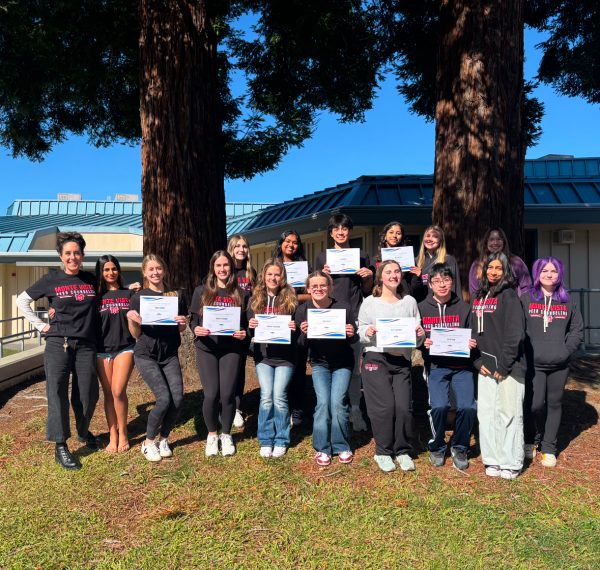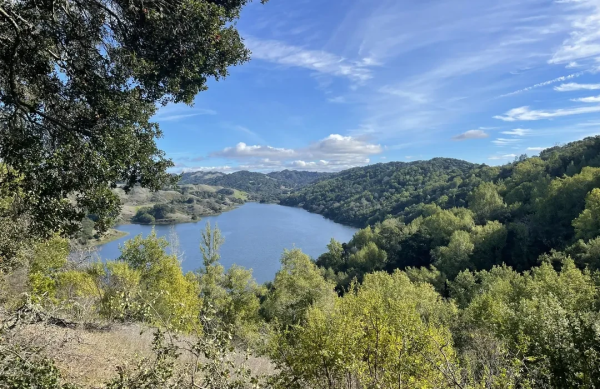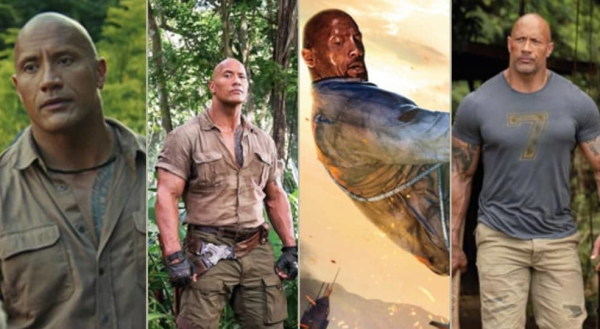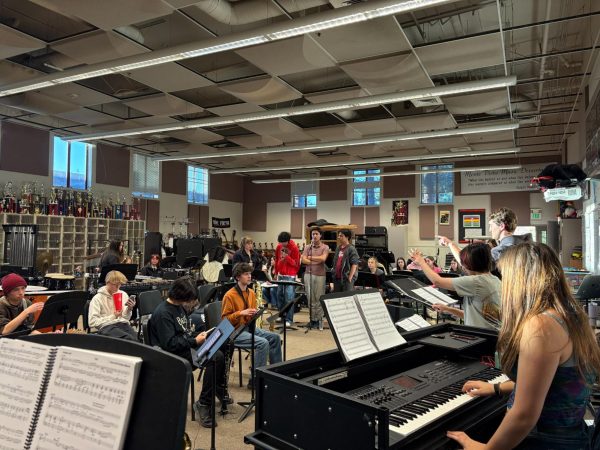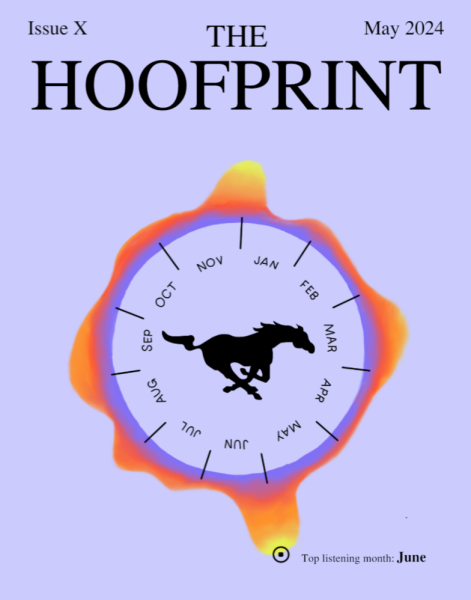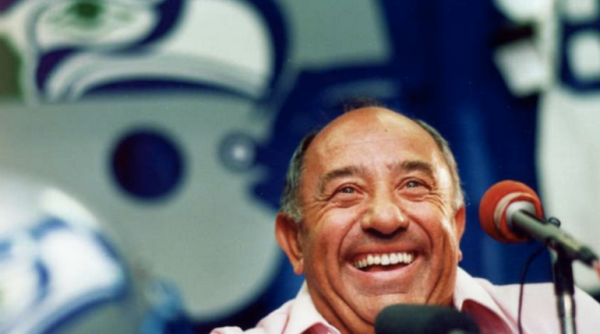The Gold of the Pharaohs

Photo courtesy of Connor Huard
A gold mask designed in the likeness of Ramses the Great’s face in the De Young Museum. Throughout his reign, Ramses was well known for commissioning iconography of himself across Egypt.
On February 13, 2023, one virtual reality (VR) experience, six corpses, and 175 3000-year-old artifacts left San Francisco.
In August of 2022, the Ramses the Great and the Gold of the Pharaohs exhibition arrived in San Francisco’s De Young Museum sought to teach the public about one of Egypt’s most legendary pharaohs through the technology of the past and the present. Instead of taking the traditional approach of many art and history museums, the Gold of the Pharaohs exhibition created a much more interactive experience. The primary part of the exhibition took the viewers through faux sandstone gateways and showed them the golden jewelry, granite sphinxes, and gilded sarcophagi of Ramses’ age. Additionally, it featured video reenactments of Ramses’ feats, digital reconstructions of ancient tombs and cities, and even specially composed music for each gallery. In one section of the gallery, the exhibit uses multiple screens, a projected battlefield, and layers of CGI to recreate the Battle of Kadesh, one of Ramses’ most famous military victories.
The Gold of the Pharaohs took this technological adaptation of ancient history one step further by adding an additional experience for those who paid extra: a virtual reality tour through Ramses’ tomb and other archaeological sites.
Narrated by Ramses’ beloved wife, Nefertari, the VR experience walked visitors through Ramses’ final resting place while informing them about milestones of the pharaoh’s life: most notably, the Battle of Kadesh, his succession to the throne, and Ramses’ reconstruction of older monuments. Although almost all of this information and more could be learned by visitors by going through the primary exhibit, the VR experience drew visitors further into the world of the past. A digitally reconstructed version of Ramses’ tomb showed visitors what it would’ve looked like when it was first constructed 3000 years ago, with its carefully painted sandstone and countless golden treasures. Because a purely informational VR “tour” would be too simple and bland, the VR experience also involved the ghost of Ramses chasing visitors across the sands of Abu Simbel, adding an amusement park feel to the entire experience.
Ramses the Great and the Gold of the Pharaohs is an example of how using ultramodern technology can make museums more attractive to the public. The Prado Museum in Madrid was the first to implement an interactive experience as part of its galleries in 2019, and since then, countless exhibitions and museums have begun to use a combination of artifacts and augmented reality to teach visitors. Although a place dedicated to the past could be seen as an unusual venue to integrate modern inventions, the mixture of technology and history increases museum visitation. After the De Young Museum in San Francisco, Ramses the Great and the Gold of the Pharaohs will be continuing its tour across the world to Paris.
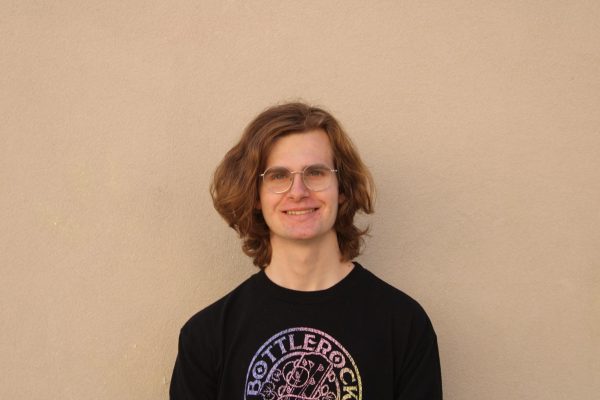
Connor Huard is a senior at Monte Vista and now in his fourth year at The Stampede and first as co-Editor-in-Chief...


